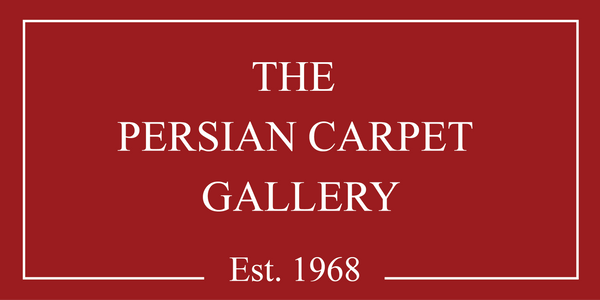A Masterpiece carpet in the Metropolitan Museum of Art, New York
Silk Animal Carpet: A Timeless Masterpiece in the Metropolitan Museum of Art, New York
This magnificent Persian carpet, originating from Kashan, Central Persia, during the second half of the 16th century, is a remarkable example of craftsmanship and artistic elegance. It is part of the prestigious collection at the Metropolitan Museum of Art in New York and stands as a testament to Persia’s rich heritage in textile artistry.
Specifications
• Dimensions: 258 x 179 cm (102 x 70 inches)
• Weaving Technique: Persian knot
• Knot Density: 921,600 knots per square meter (595 knots per square inch)
• Knot Count: 96 knots per 10 cm both across and lengthwise
• Materials:
• Warp: Light brown silk
• Double weft: Light brown silk
• Pile: Silk
Design and Craftsmanship
What makes this piece extraordinary is its detailed depiction of animals intertwined with flourishing shrubs, a common theme in certain Persian carpets. However, this particular rug stands out for its refined and meticulous execution of these motifs.
The border design is a harmonious blend of beauty and complexity:
• Inner Guard Band: Adorned with delicate floral patterns
• Outer Guard Band: Features a mix of flowers and cloud bands
• Central Border: A striking display of large palmettes elegantly surrounded by birds, possibly pheasants
Historical Significance
Once part of Benjamin Altman’s esteemed collection, this carpet represents a category of Persian rugs renowned for their sophisticated animal and botanical motifs. Its timeless beauty and exquisite craftsmanship continue to captivate art enthusiasts and historians alike.
This masterpiece not only reflects the artistic ingenuity of Persian weavers but also serves as a cultural bridge, connecting generations through the beauty of textile art preserved in one of the world’s most renowned museums.

